Karim Abed: Founder & CEO of WYR
Episode 573
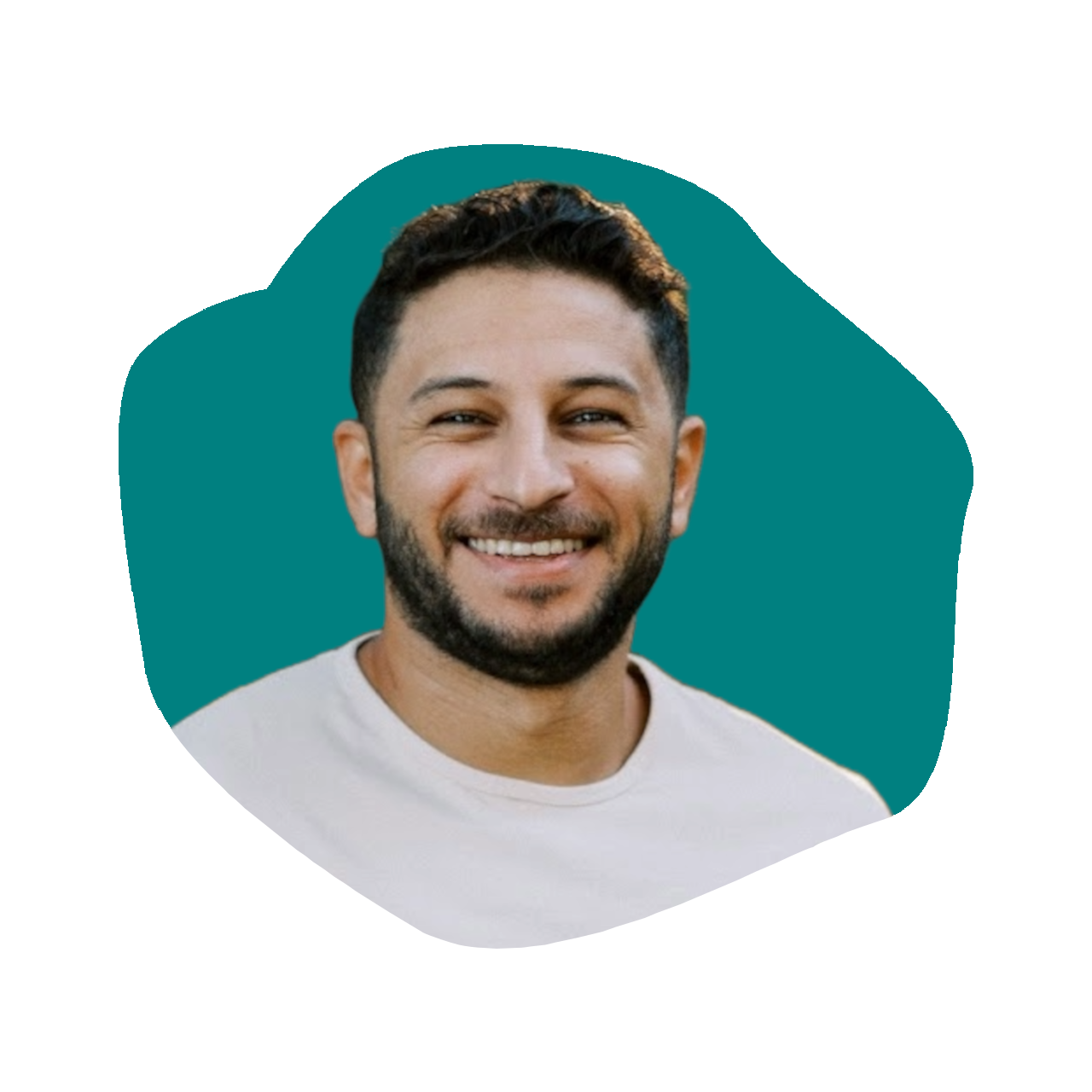
On this episode of The Kara Goldin Show, Karim Abed, Founder and CEO of WYR, shares the story of building a pioneering direct-to-consumer menswear brand. Karim shares his inspiring journey launching WYR and the motivation behind creating high-quality, stylish men’s essentials at reasonable prices. He discusses how his Egyptian heritage played a significant role in creating and now building WYR, what he thinks it takes to build a successful men's essentials business today, and offers his top tips for budding entrepreneurs. Tune in to hear Karim’s insights on maintaining quality without compromise, staying ahead in the competitive fashion industry, and his vision for the future of WYR. This episode is packed with valuable advice for anyone looking to update their style or start their own business. Have pen and paper ready—you don’t want to miss a minute of this inspiring episode! Now on The Kara Goldin Show.
Resources from
this episode:
Enjoying this episode of #TheKaraGoldinShow? Let Kara know by clicking on the links below and sending her a quick shout-out on social!
Follow Kara on LinkedIn – Instagram – X – Facebook – TikTok – YouTube – Threads
Have a question for Kara about one of our episodes? Reach out to Kara directly at [email protected]
To learn more about Karim Abed and WYR:
https://www.instagram.com/wyrwear/
https://www.facebook.com/wyrwearclothing/
https://www.linkedin.com/in/karimadelabed
https://www.wyrwear.com/
Transcript
Kara Goldin 0:00
I am unwilling to give up that I will start over from scratch as many times as it takes to get where I want to be. I want to be you. Just want to make sure you will get knocked down. But just make sure you don’t get knocked out, knocked out. So your only choice should be go focus on what you can control. Control. Hi everyone, and welcome to the Kara Goldin show. Join me each week for inspiring conversations with some of the world’s greatest leaders. We’ll talk with founders, entrepreneurs, CEOs and really, some of the most interesting people of our time. Can’t wait to get started. Let’s go. Let’s go. Hi everyone, and welcome back to the Kara Goldin show. I’m super, super excited to have our next guest here today. We have Kareem Abed, who is the founder and CEO of an incredible brand, a brand that I was not familiar with, and now I am so happy I’m familiar with called WYR. It’s actually spelled W, y, r, Karim embarked on the journey back in 2020. What a crazy year to actually start this company. We’ll hear a lot more about that, but driven by his observation of a lack of quality men’s clothing options at reasonable prices, he was influenced by his Egyptian heritage and how he had seen firsthand some of the quality products and fabrics that he had definitely been aware of from Egypt. So Giza Egyptian cotton is something that is definitely part of the ethos of the brand. But again, we’ll get a lot more into that. The styling of the products and the fit is super great, as I mentioned to him, my husband and my two boys were very, very excited to try the product. So cream is a force, and I’m super, super excited to have him here to share the journey of building WYR. So welcome. Thank
Karim Abed 2:02
you for having me. Thank you for having me. Super excited to be on here. Very,
Kara Goldin 2:05
very excited so you have achieved success so far. You haven’t launched very long ago. It’s been a few years, but I bet you didn’t snap your fingers and everything was going the way that you wanted it to go. I mean, it never is like that. Did you always know that you would become a founder and become a founder of a men’s clothing brand? What was sort of the thinking behind you going into the space?
Karim Abed 2:35
Yeah, I been wanting to be a founder for a while, and I’ll say this, my journey to finding the product was probably a very long journey. I mean, took me about two to two and a half years, and I knew I I eventually wanted to exit my corporate world career and become a founder of my own. I explored different things, starting from sunglasses, I wanted to create, like specific, you know, tease with like specific designs that represented Egypt, just a bunch of things that I researched and dug into. And then eventually I was like, You know what? Egypt’s very well known for, its fabric, why don’t I just go back and, oh, find something that I think would be one able to be able to be competitive with quality things out there in the market, but then that I can, you know, boil it down to the things that mattered to me the most as a consumer, which were fabric and fit. And so, you know, I was like, You know what? Let’s just stick to the basics. First of all, everyone loved basics. And then, second of all, I thought there was a shortage of, you know, basics, super high quality basics at a reasonable price. You know, what I what I saw from my vantage point as a consumer, was that the focus was really on either marketing or cost. So there was none of the in between. You know, you know, you either had these brands that charge like 60 bucks and plus for decent, decent, decent items. But you, you know, as a consumer, I was like, You know what wasn’t rate it didn’t really fit the build of what I wanted exactly in terms of fabric, or I feel like it should have cost probably less. So I was like, listen, well, let me just, let me just experiment, experiment with this, and try to do it on my own, and see how much it would cost, and see if I can be able to get something that is of or better quality at a lower cost that I can say, well, you know what, I’m the best value out there. And I feel like, after about six months of R D working in Egypt, you know, going through samples just long days and long nights. I think we got it down to a pretty good science. So,
Kara Goldin 4:48
so what would you say that today, if you asked a consumer who was known, or who knows why, or what would you say that you’re most known for? Yeah.
Karim Abed 4:59
I think, I think the combination of fabric and fit. And I think you actually, I mean, if you go through our reviews, we did, we did so many work Cloud Analytics just to see what are the biggest things that pop up over and over again. It’s in its fabric and fit fabric and fit high quality fabric. Great, perfect fit. So I’m like, This is it we’ve achieved, I would say, with a certain level of certainty, we achieved the thing that I was looking for. And that’s that makes me super proud.
Kara Goldin 5:29
So what were the products that you actually started with when you were putting the first SKUs together to see whether WYR was actually going to be able to make it
Karim Abed 5:40
literally a simple t shirt. We started out with a simple, uh, curve bottom hem t shirt. And then we started out with, like, can’t remember, I think it was four or five colors. One color was horrific. It was, it was like, red, bright red. I was like, Oh, this is going to be great. And then, lo and behold, it was, like, it was such a horrible color. No one bought that color. And so decided to go away from that color. But the and to this day, the curved bottom hem shirt with a round crew neck, which is actually what I’m wearing, is are, by far and away, the top seller. People love basics. And people are, you know, love their blacks. They love their whites. And, you know, yeah, so the basic shirt was what we started with, and then we just expanded to other things as we kept growing.
Kara Goldin 6:26
So what were some of the biggest challenges you started the company during 2020? You had never been in the apparel business. What? What were some of the biggest challenges that you saw in your I guess, in your way, but obviously you overcame them. How did you overcome them? Yeah,
Karim Abed 6:47
I think I would say outside of the Well, I would say outside of the production side of things, our biggest challenge was really marketing, I think being able to really articulate our unique selling proposition, what our ethos is, clearly and succinctly to customers that have never touched or tried the shirt, was a very, very big challenge. And I think we just, you know, I had to work on testing lots of content, testing lots of approaches. How do you actually get people’s attention, and how do you get people online, you know, to believe that you have the best fabric and fit with a market that’s super, super saturated. So I would say getting that going was our biggest challenge. And you know, we had to just keep chipping away at it, chipping at testing new content, shipping it, test it. New testing, new approaches, new angles of how we, you know, we marketed and tried to convince people to buy our shirts. And eventually it’s kind of a snowball effect, you know, more the more and more people bought it, the more and more people like, actually, yeah, this is a pretty damn good shirt. Let me write an awesome review. And we had, we got a really awesome review, five star review rate. And so it was just, you know, it just kept piling on. And the more reviews we got, the easier it became to sell product, and the more and more that it became just, it just became easier. So I would say that was our biggest challenge, you know, from a production standpoint, just finding the production facilities that would support our low you know, our low order quantities early on was super difficult, being able to actually manufacture and create our own fabric at that you know, low quantity was super, super difficult. But, you know, we got we got through it, and we’re here. We’re and we’re here now. So,
Kara Goldin 8:37
so you had a finance background, you did not have a manufacturing or or apparel background. So like, how did you know how to create the content and and kind of do this? Did you find people who had actually sort of could balance you? Or how did you think about that? Yeah,
Karim Abed 8:59
and what’s even crazier is that I’m really not active at all on social media. I’m not a fan of trends or anything, anything of the such. I just look at numbers honestly. So the interesting thing about marketing in today’s day and age, you kind of have to have a unique mix of somewhat of a creative background, but then also, like a very analytical slash finance, driven numbers, driven background, because you want to be able to analyze what’s working what’s not working, fail fast. Cut it. Take from that and test and test on top of it and iterate. Iteration was key. So, yeah, I, you know, I worked with different content creators. Just thought of I sat back personally, and I was like, Okay, well, as a consumer, what are the things that would make me want to buy this shirt? So brainstorming that, brainstorming with my wife, brainstorming with content creators, sending stuff to different people, and just trying and testing to death, like we tested so much content, it was insane. So. So yeah, there’s really no science to it, other than if you know numbers, the numbers will kind of guide you to the creation process, if that makes sense. Did
Kara Goldin 10:10
you find like one platform kind of worked best for you and Bs, you were totally direct to consumer. You were not selling inside of stores. So was there any specific platform that seemed to work the best?
Karim Abed 10:23
Well, yeah, well, meta was our biggest driver of revenue, so Facebook ads and Instagram ads mainly. I mean, it’s probably a 6040, split between Instagram and Facebook. But, you know, we let the algorithm, algorithm do its thing. At the moment, we don’t really do much intervention outside of just testing new content, because you always have to stay on top of your game there. So, yeah, that’s
Kara Goldin 10:45
so interesting. I’d be so interested. Do you find that the majority of people are buying it for themselves, or do you feel like there are definitely, you know, in the case of Instagram, women that are buying it for their boyfriends or their husbands or father or whatever. Have you seen like a big split with that? Is that something that you’re able to kind of gage?
Karim Abed 11:09
Yeah, we, I would say the split is very heavily skewed towards just guys buying stuff for their own, although recently we have started seeing lots of, you know, spouses partners buying for their loved ones. I would say probably, like a five. It said 9090, to 95% to five to 10% split. But, yeah, we’re seeing increasingly more and more spouses and partners buying for their loved ones. And that’s actually funny, because I think it’s, I don’t think it’s generally the first time purchaser. It’s typically people who you know if, if, if, let’s say, Kareem bought a shirt for himself and he really loved it, or you, as my wife, really loved it, then yeah, you
Kara Goldin 11:55
would know the brand and then go do it again. Yeah, no, I think that that totally makes sense. Can you explain the significance of using 95% Giza Egyptian cotton in your clothing line? Like obviously you were familiar with that. I think people have heard about Egyptian cotton, and I personally think about it as soft, but the sustainability aspect of it, I think is also really key. But can you talk a little bit more about that and why you decided that that was so important?
Karim Abed 12:26
Yeah, we did a lot of testing with fabric early on, and actually we launched two products. One was 100% Egyptian cotton, and then the other was 95% Egyptian cotton with 5% lycra, which is a stretch material before we stretch material. So the significant feedback was that the stretch material helped the fabric significantly, but and didn’t impact breathability or softness. So on one hand, you get kind of a rigid 100% cotton is not super rigid. If it’s soft and if it’s as good quality as the Egyptian cotton, it’s fine, but wash, after wash, it doesn’t really hold its shape as much. And then it’s again, it’s not as comfortable because it’s it’s rigid, whereas with four way stretch, it’s just it makes life easier. It’s much more forgiving. A lot of people don’t even, like, you know, steam them or iron them after wash. They just kind of pop back into shape. So the 5% added lycra while, while it was more expensive, it was the the added benefit was so significant that it was just like, You know what? This is a no brainer. We want to do something that was a blend. You know, ultimately, it doesn’t really make it a, I mean, yes, while lycra is a synthetic blend, the fact that it’s 95% Egyptian cotton makes it to where, if you’re sensitive to, if you have a sensitivity to, you know, any synthetics, it doesn’t really impact any of that. We thought that, based on feedback and testing, adding that level of stretch was significant to the fabric, yeah,
Kara Goldin 14:02
well, the feel of it, and also the fact that you don’t generally have to iron it, if you don’t have to, you know, do that, that’s, that’s a real plus, especially, I think, for for guys. I hate to say that, but I think that’s a, that’s a big deal.
Karim Abed 14:17
It’s true. It’s true. Guys really, I yeah, what I found out is guys really look for the easiest path, the path of least resistance to clothing. So if you can find something that looks good, feels good, and isn’t really much trouble, that’s what you’re going to go with. So so
Kara Goldin 14:35
do you see the future of men’s fashion? You know, particularly post pandemic, really changed. I mean, do you think, especially, people aren’t going into offices as much anymore? I think that there’s a there’s a big shift for not just, you know, men’s wear, but also women’s wear. But I’m curious what you see. Yeah, I
Karim Abed 14:58
think I. It’s funny you say that, because I think we’re perfectly positioned to kind of take, or at least perfectly positioned to be on that trend going up. Because I think more and more, and even when I worked in corporate America, I used to just wear a t shirt as long it was, as long as it was a decent looking t shirt, or even a polo that was kind of my office attire, if you if you want to say that. And so I think I feel like more and more guys are switching to effortless comfort and effortless style as being the office, you know, office casual, you know business casual wear. So I feel like shirts, T shirts, polos, long sleeve T shirts, Henley’s, even these are the new age office apparel. So I feel like we’re perfectly positioned to be in the forefront of that, along with actually several other brands. But, you know, I feel like we’ve carved ourselves a niche between all these other brands to be something pretty specific and unique with our fabric and fit.
Kara Goldin 15:57
So you talked about the red shirt when, when you launched. I’m so curious. Were there other, you know, blunders along, along the way that you created? And I’ll leave it at that. I have another question about colors. But let’s, let’s talk about sort of the challenges, like maybe something that you created that you thought, Oh, this is going to be great, and it wasn’t so great,
Karim Abed 16:21
yeah, oh my god, I would say our first photo shoot was, was the worst, right? So, like, we, I trusted my friend’s brother to do our first photo shoot, right? And I was like, alright, well, this guy is, like, he’s kind of expensive, but I trust my friend, so therefore his brother must be amazing. And I was like, Alright, man, here’s all the here’s all the material you can pick out the models do everything. And I was like, You know what? I’m going to outsource this, because I don’t know anything about content creation or anything. And, man, the models were not it, and the photos were not it. Nothing worked out at all. We actually and we ended up uploading all these pictures, all these model pictures on our website. And, you know, as an E commerce brand, really, what I’ve learned is your website is your store. It has to be it has to be perfect. It has to be effortless. It has to make someone who’s buying online, who’s never seen or touched your product, trust the product and trust that it’s going to be an awesome product. So website photos are crucial. They were not great. And honestly, we put our we put these photos for the first month or so and got no sales. Uh, even though we had lots of traffic, conversion was zero. So I was like, Well, what am I supposed to do? I went out and bought a DSLR camera, and, you know, off, off Facebook marketplace, because at that point, our budget was squandered away with this photo shoot. I hired a couple models that I found on Instagram that I thought would be a great fit, and lo and behold, after taking these new photos and uploading them to the website, we got our first sales, literally the day after, and that was, I would say, our my first mistake. So lessons learned is be super, super detailed and specific in picking out models and picking out photography. This is your store, so it has to be a one. So yeah, if you want me to go through you want to go through product blunders. Happy to do so we’ve done many, many product blunders.
Kara Goldin 18:18
How do you decide on which items to create now that you’re a few years in for and you know, what colors to use? I mean, do we’ve had people talk about, you know, the importance of innovation and creating new products constantly. But I feel like there’s this movement, especially for consumers, and lots of different categories for simplicity. And I’m curious what you would say to that,
Karim Abed 18:50
I would like to say that I have a lot of input, but at the same time, I tried to not, because i This isn’t it’s not really clothing for me, ultimately, it’s clothing for the people who are our consumers. And so while I do feel like I have a good sense of our consumer base, because I would say I’m part of our consumer base, I rely a lot, and we rely a lot on surveys. So we do surveys almost every year, almost every season, and we put, we put out there. Here are the things that we’re willing to experiment with, and we let surveys kind of guide our decisions. You know, I’ve got an internal marketing team that I consult with a lot of the times. And, you know, we talk a lot about things we want to do. I also talk with the production team about things we want to do. But ultimately, ultimately, I use surveys as my ultimate Guiding Light. Because, you know, it’s not, it’s not shirts or it’s not products that I’m gonna wear. So it doesn’t really matter what I think. It matters what the people think. And I’m often, I’m often surprised. So for example, this last fall, we, you know, we kind of picked a group of six to eight colors, and we’re like, All right, well, let’s just see. What people are going to pick? The three colors that I actually wanted were not the three colors that were picked by a significant majority of the survey takers. So I was like, You know what? I’m not even going to argue with it do Yeah.
Kara Goldin 20:15
Oh, that’s so interesting. Are you? Are you generally the demographic for the product.
Karim Abed 20:23
Yeah, our demographic is 30 to 45 year old males, you know, affluent somewhat, but yeah, 30 to 40 to 30 to 45 year old males that are interested in clothing and are affluent and, you know, more willing to pay more for a shirt than than the average guy. That’s
Kara Goldin 20:43
so interesting. Maybe it’s the spark of founder and trying things that really shifts your color interests as well and clothing. So, yeah, well,
Karim Abed 20:55
well, interestingly, I I kind of want to try things just because I think they’re cool. And, you know, consumers don’t always want to buy what you think are is cool, right? So, so, you know, I’ve, I’ve been dinged a couple times with that, and we’ve launched products that I just thought were cool as, hey, we got to try this new thing. It just never works. So I would rather, I would rather follow what people want than just do the thing that I think is the coolest. So, yeah,
Kara Goldin 21:22
that’s that’s so true. So I always say consumer feedback is key. Those consumer letters that you get from people saying, Oh man, I love your product. And you know, it’s not like you ask them to send you these letters, but I’m sure there’s some that have come along the way, emails, DMS, whatever. So is there any that you think about that kind of keep you going? I mean, especially when you’re thinking, you know, this is the hardest business, maybe I should go back to finance or, you know, I’m sure you’ve had, you know, moments. I always say friends and family are the worst because they they like feed into your own, you know, bad days or insecurities about, you know, why you’re doing this and so, but those consumer letters are the key things. So what? What’s sort of the best one that you’ve that you’ve read?
Karim Abed 22:16
Yeah, it’s insane. I mean, even though we get tons of emails and I’ve got a customer support team. I still look at these feedback letters and I still look at these ratings, because it’s just like the it’s, again, it’s one of those things where you want to read people’s feedback, yeah, you know, I totally I get crazy things all the time, promise and and some of the craziest things that I get is like, Well, I used to work for this fashion brand, blah, blah, blah, blah. And I know how shirts are made, while your quality is good, but here are my comments. Okay, we’re not gonna take for the we’re not gonna take tailoring comments from people, however, however, the one comment that I have found lots some. I mean, I’ve found lots of this. This comment across the board. People are saying, Well, I wish your shirt was a little bit longer, or I wish you had a taller size, or I wish you had a slightly shorter size, or I wish the waist was a little bigger, or I wish the waist was a little more tapered so. And also part of the survey, we we did this as part of the survey. We’re like, Well, how about if we do a tailored for you t shirt? Meaning we literally are actually going to tailor a shirt to your specific size specifications. So we just launched this new tailor for you program, and it’s been going pretty well. It is testing our logistics to the max, I’m sure, I’m sure, yeah, yeah. But we, we just launched this the kind of the the loyal, loyal following your WYR, and it’s been, it’s been going great, and we’ve actually been getting amazing feedbacks, people saying, this is like a great idea. Keep doing this. And this is all in in response to, you know, all the emails we get from people that are saying, I love your fabric. However, it’s a bit too too long. However it’s a bit too short. You know, the waist is not I want it to be a little bit more tapered. I want to a little bit bigger waste. So we can’t really tailor, you know, our standard shirts to everyone, but, you know, this is a way to kind of meet, meet people, people in the middle, and try to cater to as much people as we can. So I’ve been super pumped about this project.
Kara Goldin 24:16
That’s how do you do that? How do you do the measuring? Or, how does the consumer do the measuring? Yeah,
Karim Abed 24:22
I mean, we, ideally, it would be someone who’s actually tried our shirts. But if you, even if you haven’t, you would start by picking out your chest size. You know, if you’re a 38 inch chest, you pick a medium. So we kind of have the measurements laid out. And then if you want our signature fit or relaxed fit or so you go through the waist measurements. You want it lot taller, you want it shorter, and we literally draw it up for you, and we tailor it up to each individual order. So it is quite a task,
Kara Goldin 24:53
Yeah, I bet it sounds like it. So future plans for wyr or I. Sorry, future plans for WYR. Where do you see the brand going in the next five years? What’s your what’s your hope?
Karim Abed 25:08
Well, I would say, I take it kind of year by year. This year, I’m hoping for a 50% top line growth. You know, if we can, we can sell about a million products within the next two to three years, I would say that would be amazing. If you can sell, you know, two to 3 million products by five years, that would be incredible. And so that’s kind of my goal.
Kara Goldin 25:32
That’s, that’s awesome. So do you think you’d ever get into women’s wear?
Karim Abed 25:38
Um, I thought that I thought about this a lot. I don’t know that I wanted. Well, let me take this back. I do want to get into women’s, however, is it going to be under the WYR brand, or is it going to be under a different brand? That’s what I’m really not sure about. We’re debating this internally. But the jump to women’s is definitely, is definitely a jump that we want to do how we want to strategic, strategically position the women’s brand, whether it’ll be under the WYR umbrella or a different umbrella. That’s kind of the thing that we’re debating. But I think the the fabric is one that I mean girlfriends and friends of of mine and my wife, are always like, just do a women’s line. We’re gonna buy we’re gonna buy the clothes. I’m like, yes, but not now, so it’s something we really want to do.
Kara Goldin 26:31
So so interesting. I think a lot of your your brands, too, could even go into sort of the Gen Z audience, right? Because I think it’s such a challenge. There’s like this in between size, where they’re not really shopping, and like menswear, and it’s, it’s really challenging. So there aren’t a lot of stores that sort of cover that, I guess, for a reason, I don’t know, but it’s, I’ve always found that that’s like a I have two boys and two girls, and I’ve just found that that’s like a real challenge, because they’re not quite they don’t want to be in, you know, the kids department anymore. They want, you know, very similar clothes to what you’re wearing, but, but the sizing is just like, such a mess. So
Karim Abed 27:16
like, yeah, the preteen, the preteen size, or the teenager ish, yeah,
Kara Goldin 27:20
the high school, you know, especially, yeah, the high school kid who you know, maybe on the younger years, or the, you know, seventh and eighth grader, you know, especially of today. So I think that’s a that’s a massive market. But what do I know? I mean, I just, I think that’s a that’s definitely something where I think there, there’s not enough there’s not enough options out there, I don’t think so
Karim Abed 27:44
this might excite me enough to, like, dig into this. So, yeah,
Kara Goldin 27:47
no, definitely, definitely. So knowing what you know today, I mean, you’re now, you’re a founder, you’re an entrepreneur, you know, you’re a you’ve been living it in a startup environment. What is the best advice you can offer anyone wanting to go down the same path that you’ve gone down, whether it’s in apparel or, really any industry? What would you say to people before they actually go and do this? I
Karim Abed 28:18
would say, Just do it. But however, I would say, Just do it. However, be careful that ideas are always at least. My experience with my ideas is that I always have 10,000 ideas, and I’m like, Oh, let me do this. It’s going to be super simple. And in my head, I’m I, I build out the plan and I and in my head, it seems simple to execute. But what I’ve noticed through and through is execution is much, much harder on the ground than it is in your mind. So totally don’t, don’t ever underestimate the power of execution. Execution is what makes things great or not great. And if you want to be a founder, I would say your My biggest advice is also never underestimate the power of marketing and positioning, because it makes or breaks your brand. If you’re, if you’re going into, you know, DTC or E commerce, and I’m sure you know the same with with your brand, that’s just, it’s, it’s, it’s, it’s the name of the game. So if you’re, if you’re not willing to learn or understand or be good at strategic positioning or marketing, then, you know,
Kara Goldin 29:25
kind of a big deal. Yeah, no, I think that’s so true. I always say that ideas are dime a dozen, and it’s really the execution and and the curiosity and the humility of, you know, a founder that really is, is kind of the difference so and, and that is clearly what you’ve shown so I think I’m very excited for you guys and and can’t wait to keep watching the brand grow and keep purchasing from WYR to but thank you so much, Kareem for joining us here to. Day and sharing all of your wisdom and lessons. Really appreciate it and and you are in London right now. I hope you get back soon to the US and yeah, so safe travels. Have a great rest of the week. Thank
Karim Abed 30:14
you for having me on. Thank you.
Kara Goldin 30:16
Thanks again for listening to the Kara Goldin show. If you would please give us a review and feel free to share this podcast with others who would benefit. And of course, feel free to subscribe so you don’t miss a single episode of our podcast. Just a reminder that I can be found on all platforms. At Kara Goldin, I would love to hear from you too. So feel free to DM me, and if you want to hear more about my journey. I hope you will have a listen or pick up a copy of my Wall Street Journal, best selling book, undaunted, where I share more about my journey, including founding and building. Hint, we are here every Monday, Wednesday and Friday. Thanks for listening and goodbye for now. You.
People Also Liked
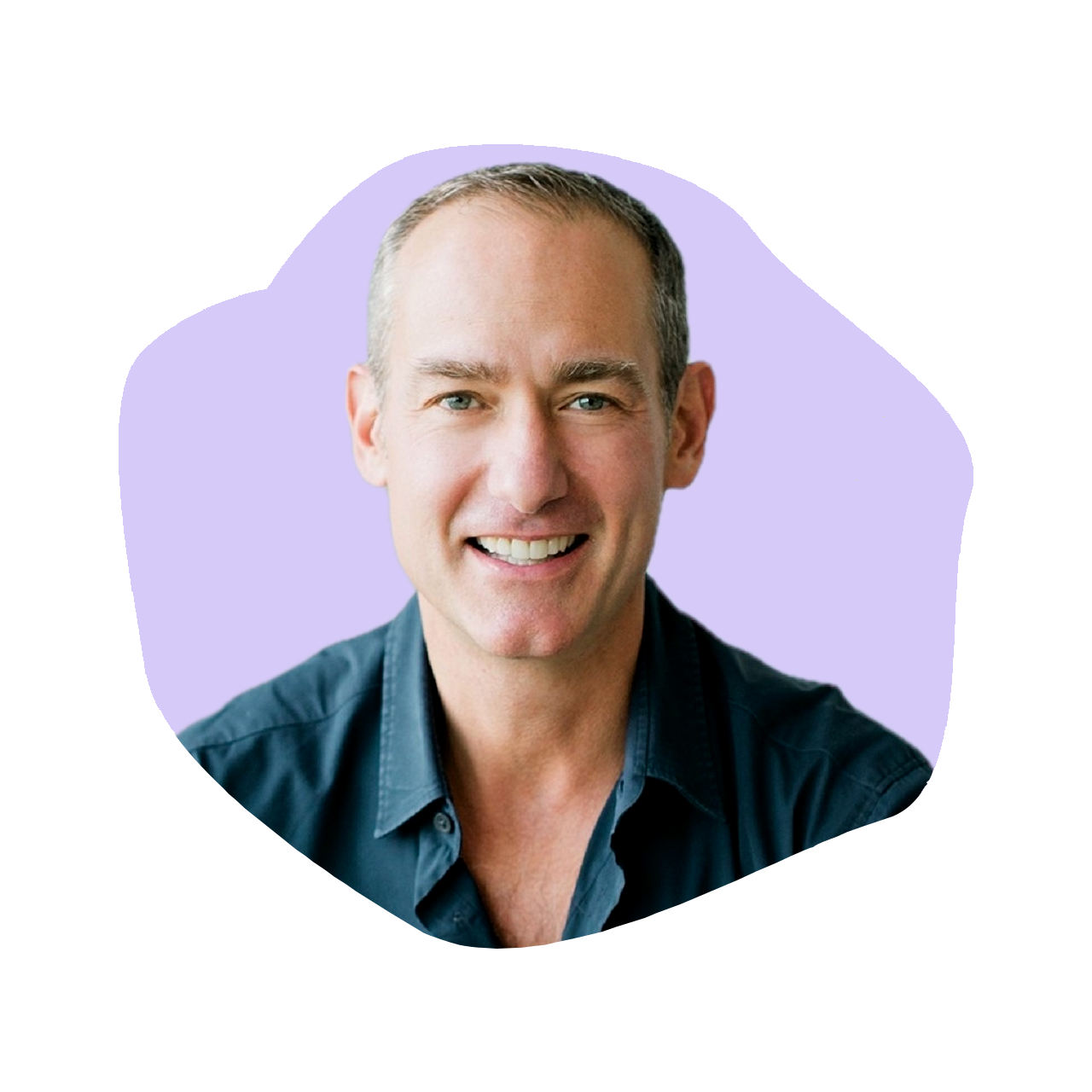
752
Mark Rampolla: Author of An Entrepreneur’s Guide to Freedom and Founder of ZICO
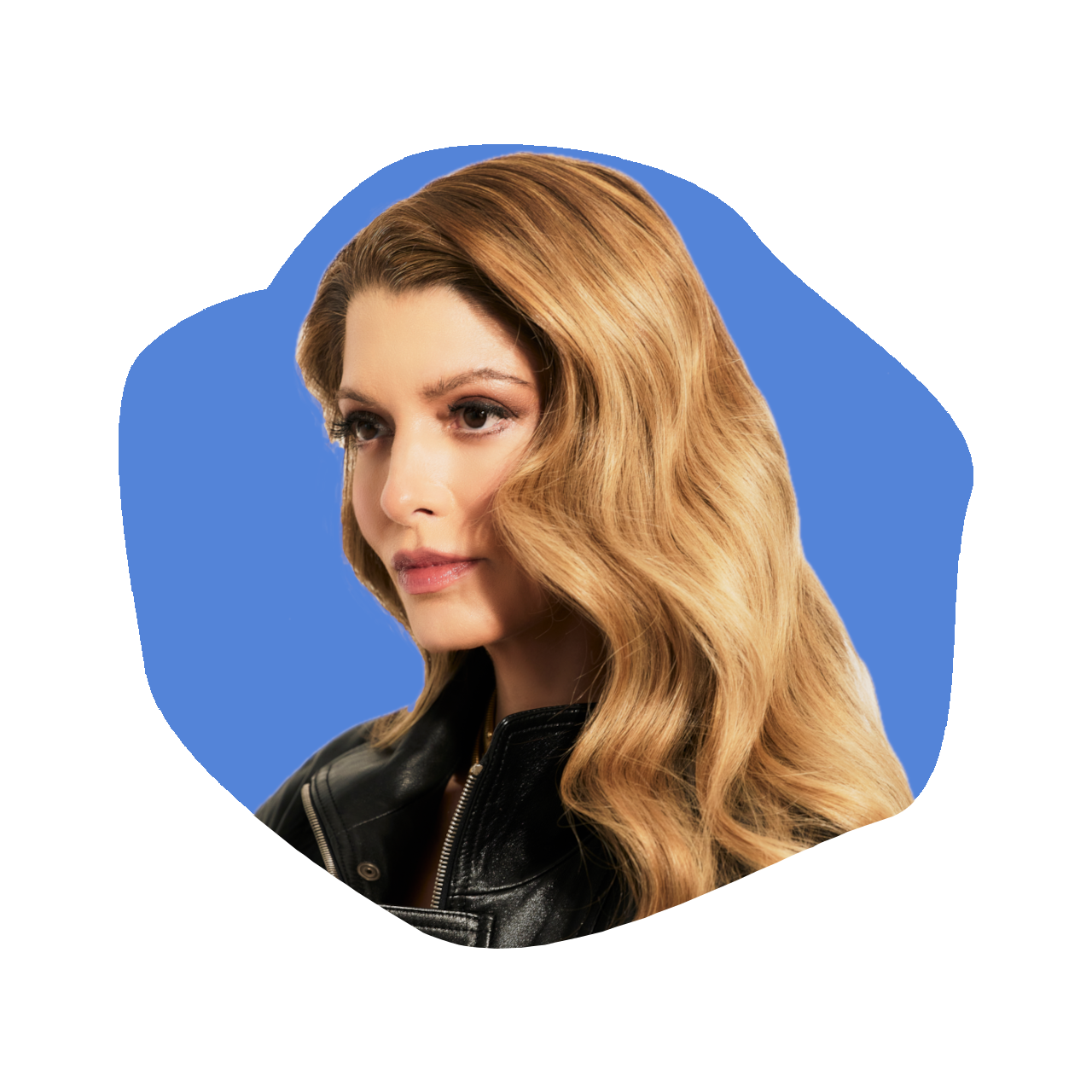
751
Deborah Pagani: Founder of Deborah Pagani Beauty
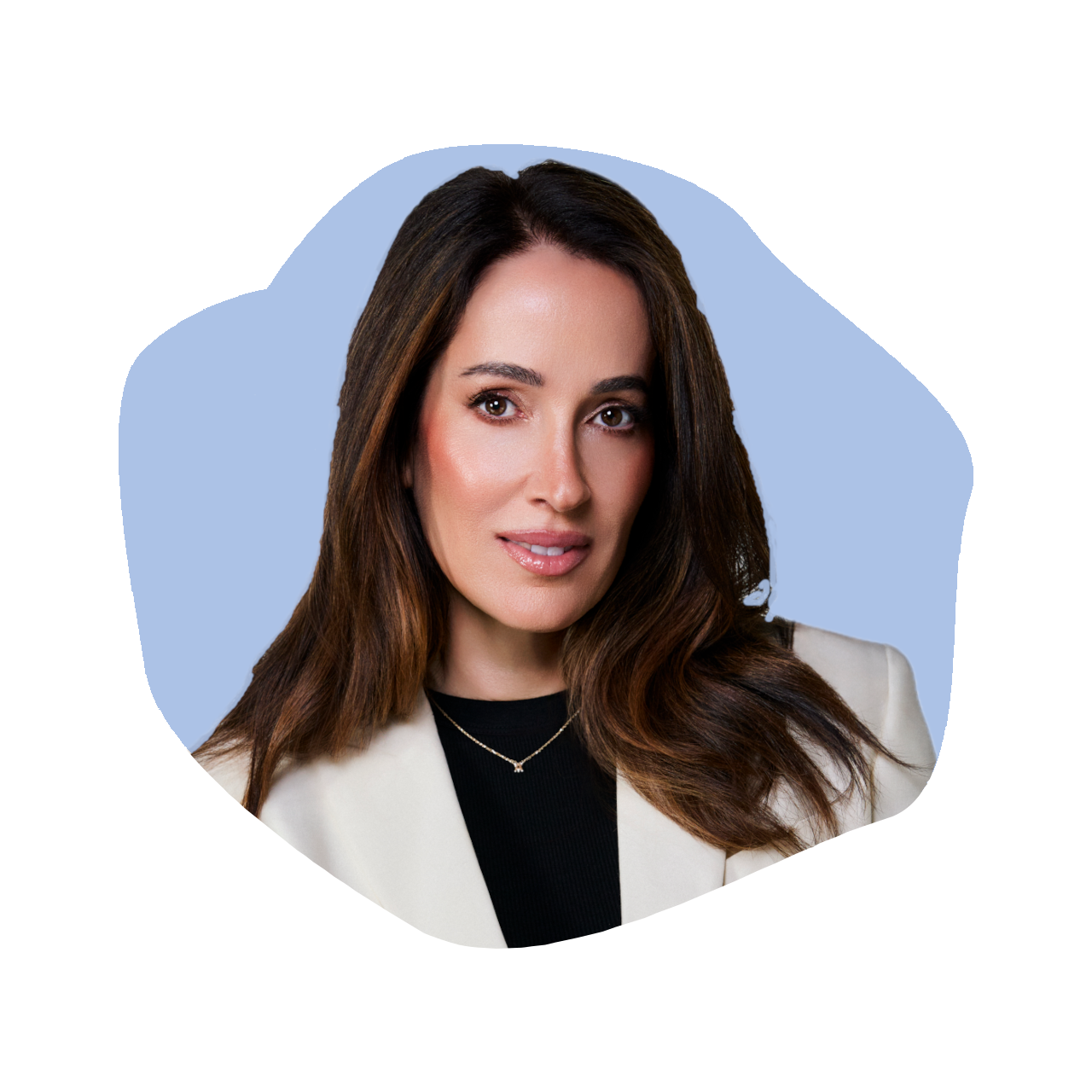
750
Angela Caglia: Founder & CEO of Angela Caglia Skincare
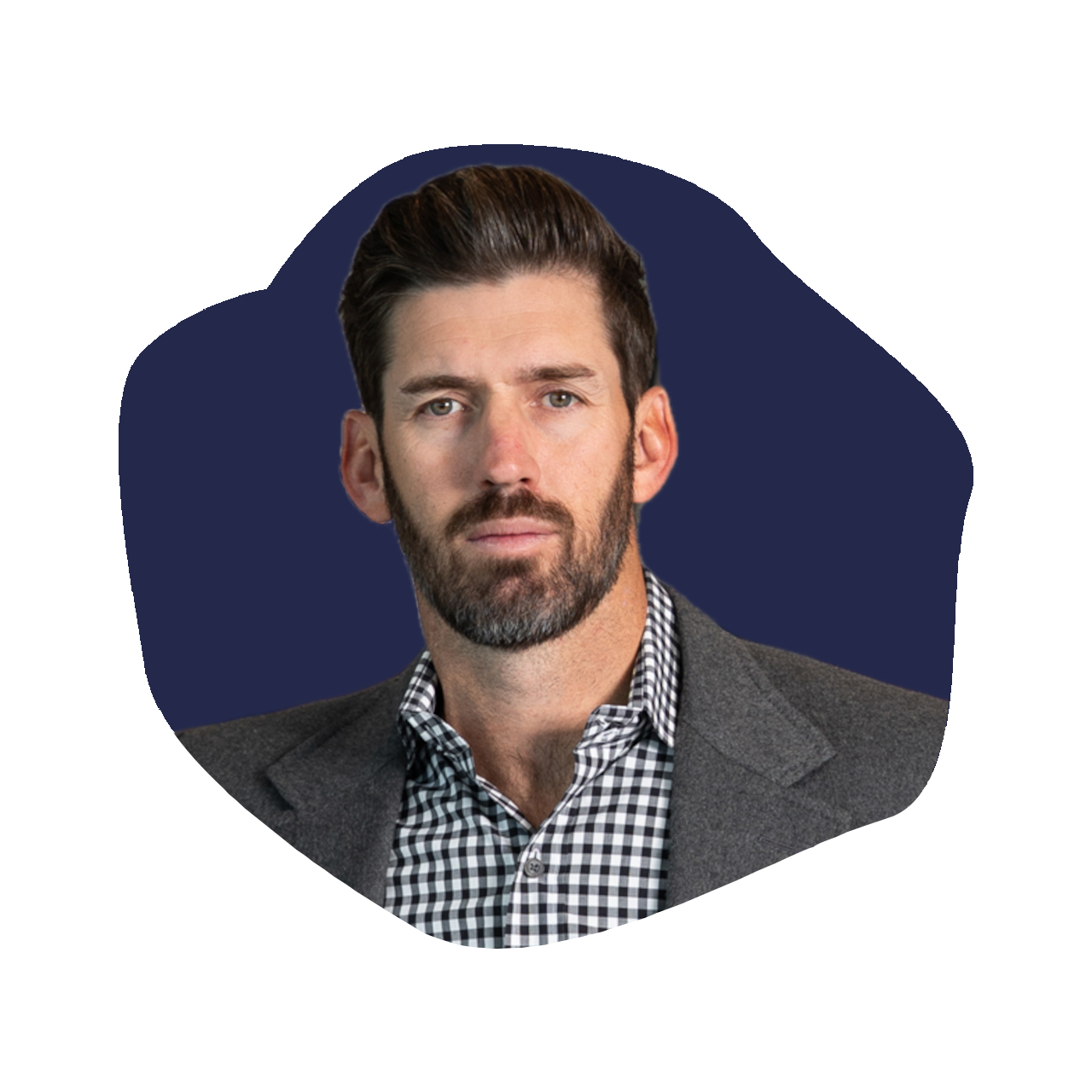
749
Doss Cunningham: Chairman & CEO of Nutrabolt
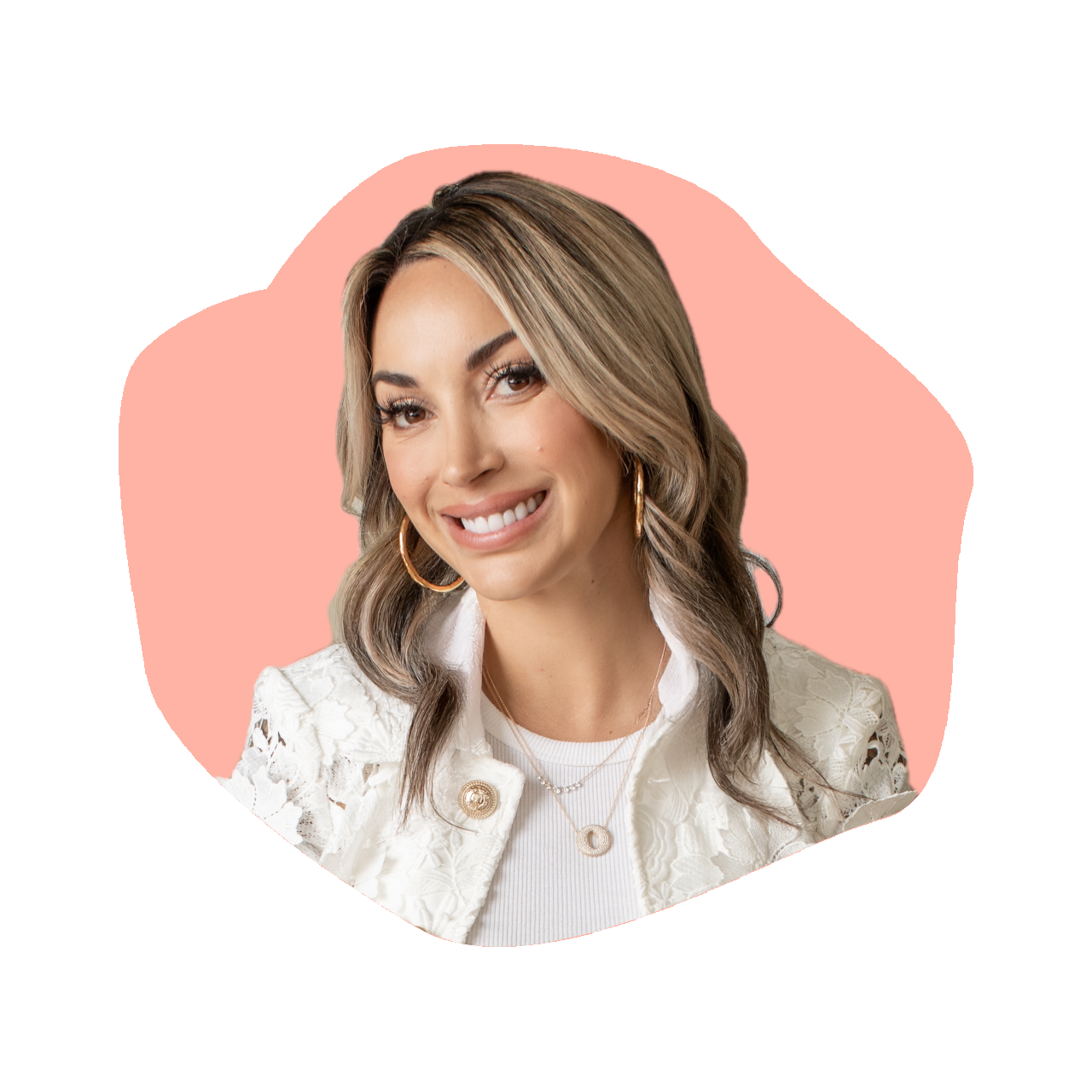
748
Cheree Ashley: Founder & CEO of Osier




